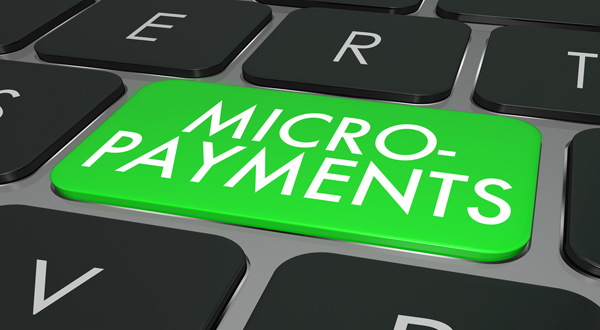Back in 2015 Dr Christian Decker of ETH Zurich and Professor Roger Wattenhofer gave the Bitcoin community another alternative to scaling Bitcoin called Duplex Micropayment Channels (DMC). Recently during a Bitcoin meetup in Zurich on April 27th Decker gave an audience an introduction to his dissertation “On the Scalability and Security of Bitcoin.”
Duplex Micropayment Channels an Alternative to the Lightning Network
Dr Christian Decker of ETH ZurichDecker’s DMC white paper describes off-blockchain routed payments, long-lived channels, and the foundations of a PSP network. The paper has intrigued many cryptocurrency supporters since the transcript was written and is an alternative to the lightning network. At present Decker says that Bitcoin doesn’t scale and using an off-chain approach is possible to create long-lived channels. These channels can be set up by two users without any burden on the Bitcoin network.
DMC, Lightning, and Segregated Witness are all plans to help with scalability. Dr Decker says in the future the network will have a difficult time processing more than 100 transactions a second in the future unless it gets help. Currently, users have to deal with close to 20 GB of storage per year and scaling proves harder due to storage, processing, latency, and bandwidth. The difference between Duplex Micropayments and the Lightning Network’s off chain proposal is decreasing timelocks. Certain transactions have smaller timelocks that validate them differently rather than using Lightning’s private keys technique. Decker’s paper on DMC’s explains:
“Duplex micropayment channels solve a multitude of problems. For one, they enable near-infinite scalability for digital payments based on Bitcoin. Bitcoin transactions are no longer used directly to transfer bitcoins from a sender to a recipient. Instead, they are used to set up micropayment channels and handle conflict resolution. The actual transfers are now handled at a higher level through a network of payment service providers. The payments are end-to-end secure thanks to the use of hashed timelock contracts, ensuring transfers between hops are only performed if the intended recipient receives its payment.”
The proposal is a core variation that initiates payment channels between multiple parties and it changes the timeframe of the blockchain’s transaction verification. Alongside the proposal, a malleability BIP must also be applied to the network before implementation. When the off chain solution is integrated with the network payments can be “routed between any two users in real time, without any confirmation delay.” As well as processing transactions in real-time the mechanism also holds three attributes which include:
- The channel can be set up in such a way that the depositors are guaranteed to have their bitcoins returned if no payments occur.
- The channel supports bidirectional activity and thousands of transactions can happen without the need to inform the Bitcoin network.
- The channel prevents double-spending as each payment requires the authorization of the counterparty.
Many Bitcoin supporters believe off chain solutions may help relieve the current network stress as the digital currency gains more popularity. They feel that implementing such mechanisms may prove safer than a hard-forked bump in block size which is currently 1MB. Some feel that both will be needed to scale the network enough for global adoption and mass use. However, there are also those that say Bitcoin was never meant to be as fast as a Visa-like system. Time will tell if these proposals ever reach the network but people like Decker are researching and testing these concepts. The project will soon be open sourced when testing results in a functional proof-of-concept. DMC’s may prove useful in the future as the white paper states:
“Duplex micropayment channels solve a multitude of problems. For one, they enable near-infinite scalability for digital payments based on Bitcoin.”
Source: ETH Zurich Meetup, and the DMC White Paper Header Image: Pixabay
